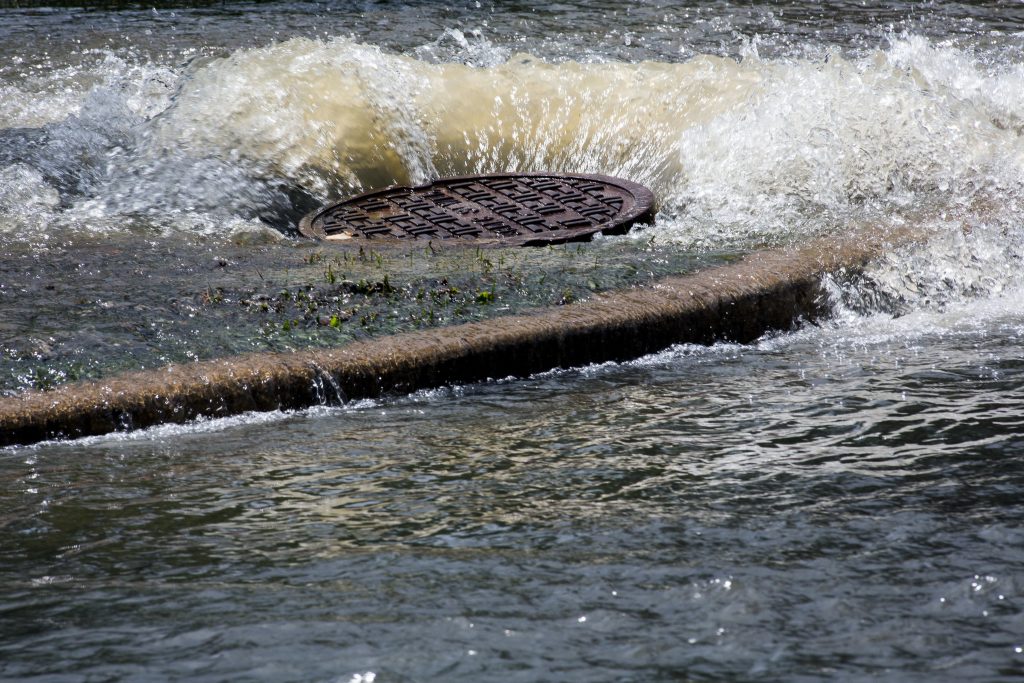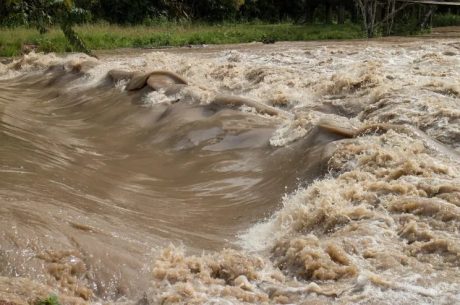Spring in Long Island brings longer days, blooming flowers, and warmer temperatures. However, it also marks the start of flood season. Heavy rainfall, melting snow, and rising sea levels can all contribute to significant flooding issues in Nassau and Suffolk Counties. Flooding can lead to property damage, health hazards, and infrastructure strain, making it crucial for homeowners and businesses to understand the risks and prepare accordingly. In this guide, we’ll cover the causes of spring flooding, preventive measures, and how PuroClean of Huntington can help with flood damage restoration.
Understanding the Causes of Spring Flooding on Long Island
Several factors contribute to flooding in Long Island, especially in the springtime:
- Heavy Rainfall: Spring storms can produce significant rainfall in short periods, overwhelming local drainage systems and causing flash floods.
- Snowmelt: Although Long Island doesn’t receive as much snow as upstate regions, melting snow can still increase water levels in rivers and streams, leading to overflow.
- Coastal Flooding: Rising sea levels and strong spring tides can cause flooding in low-lying coastal areas. Towns such as Freeport, Lindenhurst, and Port Jefferson are particularly vulnerable to coastal flooding.
- Urban Development: Increased construction and paved surfaces reduce the land’s ability to absorb water, causing more runoff and a higher risk of flooding.
How Flooding Impacts Long Island Communities
Flooding is more than just an inconvenience; it can have lasting effects on homes, businesses, and the environment:
- Structural Damage: Water can weaken a building’s foundation, damage walls and flooring, and lead to electrical hazards.
- Mold and Mildew Growth: Standing water and excessive moisture create the perfect conditions for mold, which can pose serious health risks.
- Road and Infrastructure Damage: Flooding can cause sinkholes, potholes, and erosion, leading to costly repairs for local municipalities.
- Health Hazards: Contaminated floodwater can introduce bacteria and toxins into homes and drinking water supplies, increasing the risk of illness.

Steps to Prevent Spring Flooding in Your Home or Business
While natural disasters cannot always be avoided, there are proactive steps that Long Island residents can take to minimize the risks of flood damage:
1. Maintain Drainage Systems
Ensure that gutters, storm drains, and sump pumps are clear of debris and functioning properly. Regular maintenance can help prevent water buildup and flooding.
2. Elevate and Seal Important Areas
If you live in a flood-prone area, consider elevating appliances, electrical systems, and important items. Additionally, sealing basement walls and floors can help prevent water intrusion.
3. Install a Sump Pump and Backup Power
A sump pump can be a lifesaver in preventing basement flooding. Adding a battery backup ensures that the pump continues working even during power outages caused by storms.
4. Landscaping for Drainage
Strategic landscaping, such as using rain gardens and permeable pavers, can help absorb excess water and redirect it away from your home.
5. Get Flood Insurance
Standard homeowners’ insurance policies do not typically cover flood damage. It’s important to check your policy and consider purchasing flood insurance through the National Flood Insurance Program (NFIP).

What to Do After a Flood: Immediate Steps
If your property experiences flooding, it’s crucial to act quickly to minimize damage:
- Ensure Safety First: Avoid standing water, especially if it may be electrically charged or contaminated.
- Document the Damage: Take photos and videos of affected areas for insurance claims.
- Remove Excess Water: If it’s safe, use mops, towels, and wet vacuums to remove standing water.
- Ventilate and Dry: Open windows and use fans or dehumidifiers to reduce moisture levels.
- Contact a Professional Restoration Company: A trusted company like PuroClean of Huntington can provide fast and effective water damage restoration services.
How PuroClean of Huntington Can Help with Flood Restoration
At PuroClean of Huntington, we specialize in water damage restoration for homes and businesses across Long Island. Our team is IICRC-certified and equipped with state-of-the-art technology to handle any level of water damage. Our services include:
- Emergency Water Removal: We use industrial-grade pumps and vacuums to remove standing water quickly.
- Structural Drying and Dehumidification: We deploy high-powered fans and dehumidifiers to thoroughly dry affected areas and prevent mold growth.
- Mold Remediation: If mold develops due to flooding, our team can safely remove and treat affected areas.
- Sanitization and Odor Control: We clean and disinfect water-damaged areas to eliminate bacteria and prevent odors.
Why Choose PuroClean of Huntington?
- 24/7 Emergency Services: Flooding doesn’t wait for business hours, and neither do we. Our team is available around the clock.
- Locally Owned and Operated: We understand Long Island’s unique flood risks and are committed to helping our community.
- Insurance Assistance: We work directly with insurance providers to make the claims process smoother for you.

Final Thoughts: Be Prepared for Spring Flooding
Spring flooding is a serious concern for Long Island residents, but preparation and quick action can make all the difference. By taking preventive measures and knowing who to call in an emergency, you can protect your home, health, and peace of mind.
If you experience flooding this season, don’t wait—contact PuroClean of Huntington at (631) 402-9700 for fast, professional water damage restoration services. We’re here to help Long Island communities recover and rebuild!




 PuroClean of Huntington
PuroClean of Huntington